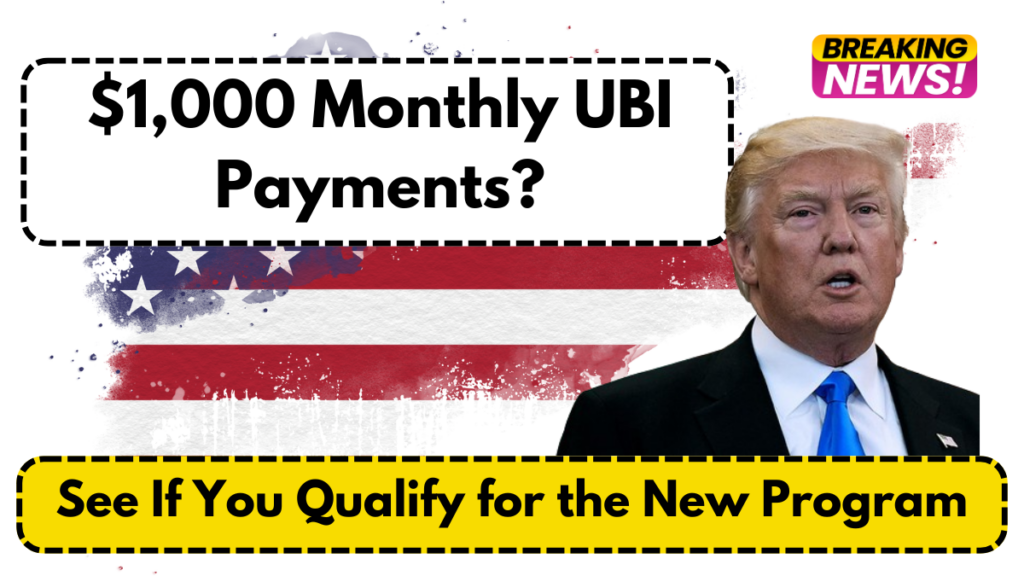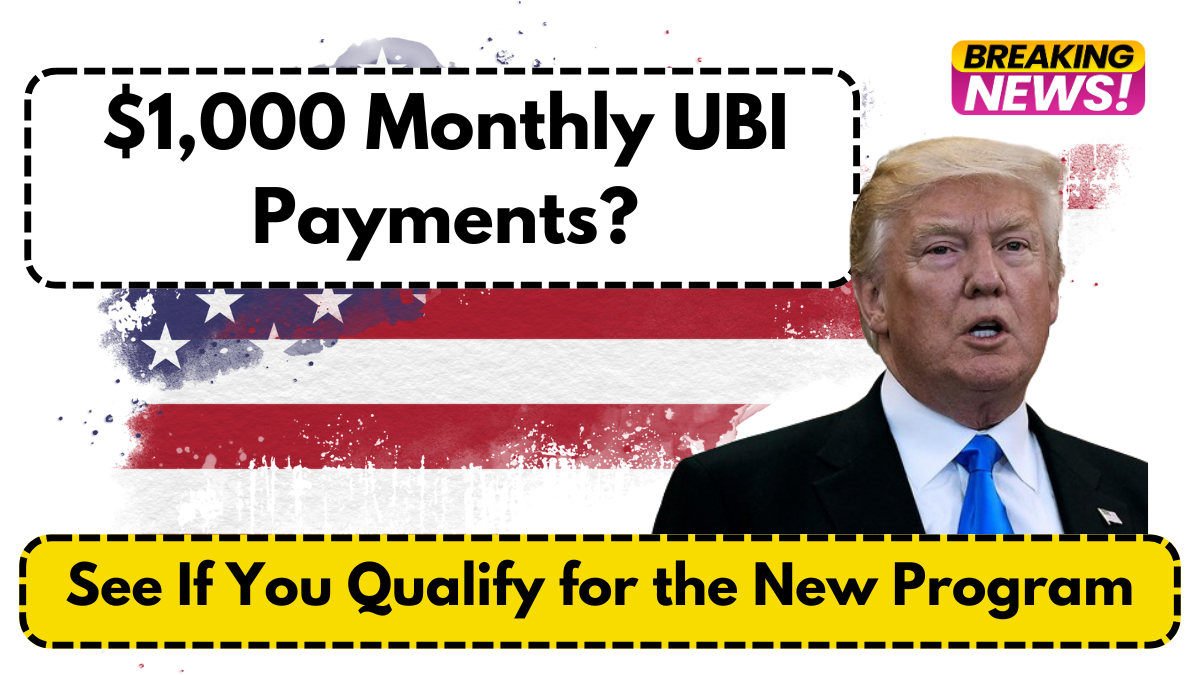Imagine receiving $1,000 every month—no catch, no fine print. As of April 2025, this vision is becoming a reality for thousands across the U.S., thanks to a growing network of Universal Basic Income (UBI) and Guaranteed Income (GI) initiatives. These programs are no longer fringe experiments. They are reshaping how Americans think about financial stability and community support.

Understanding UBI: What It Really Means
Universal Basic Income (UBI) refers to an unconditional, recurring cash payment provided to individuals regardless of their job status or income. It is designed to offer a financial floor—enough to meet essential needs like food, shelter, and healthcare. Unlike traditional aid programs that often require proof of hardship, UBI operates with minimal bureaucracy and emphasizes dignity over dependency.
The concept has historical roots in economic thought, dating back to Thomas Paine in the 18th century. Today, in a world challenged by automation, rising costs of living, and persistent inequality, UBI is being tested and applied with fresh urgency.
What Makes UBI Different from Traditional Welfare?
Unlike welfare or unemployment benefits, UBI does not require you to be jobless or under specific income thresholds. There are no mandatory work requirements or lengthy application hurdles. Instead, UBI provides direct cash support to promote financial freedom and individual agency. It removes the stigma of needing help and simplifies the delivery of aid.
Why UBI and GI Programs Are Growing in 2025
Since the COVID-19 pandemic, there’s been a national reckoning with economic insecurity. The crisis exposed just how fragile the financial lives of many Americans were. In response, local governments, nonprofits, and research groups began launching UBI and GI pilots to test alternatives.
Monthly payments proved transformative during the pandemic stimulus rounds. They helped families stay housed, fed, and emotionally stable. These real-world results inspired the expansion of pilot programs now being rolled out nationwide in 2025.
Notable UBI and GI Programs Running in 2025
| Program Name | Location | Monthly Amount | Target Group | Duration |
|---|---|---|---|---|
| Ohio Mothers Trust | Columbus, OH | $500 | Single mothers | Ongoing |
| UpTogether | Michigan & Illinois | $500 | Families under 80% AMI | Through Sept 2025 |
| Springboard for the Arts | Minnesota | $500 | Working artists | 5 years |
| LA County GI Program | Los Angeles, CA | $1,000 | Low-income residents | 3 years |
| Cambridge RISE | Cambridge, MA | $500 | Single caregivers | Ongoing |
These programs are funded through a mix of government budgets, philanthropic foundations, and private-sector grants. They also collect data to assess long-term effects on employment, health, education, and local economies.
Who Is Eligible for These Programs?
Eligibility varies but typically includes:
- Income Level: Usually below a certain percentage of the area median income (AMI)
- Residency: Must live within the program’s service area
- Demographics: Some prioritize single mothers, caregivers, or marginalized communities
- Age: Most require applicants to be 18 or older
- Household Size: Families with dependents may be given preference
Always refer to the program’s official site for the latest eligibility criteria and deadlines.
Real-World Impact of Monthly Payments
The results are undeniable. According to 2024 findings from the Economic Security Project:
- 66% of participants saw a decrease in food insecurity
- 40% found full-time employment
- Improved mental health and reduced stress
- Better school performance in households with children
- Less reliance on predatory loans and credit cards
Programs like SEED in Stockton and Magnolia Mother’s Trust in Mississippi demonstrated that recipients used funds to invest in education, start businesses, or simply stabilize their lives.
Applying for a UBI or GI Program in 2025
- Research Local Initiatives: Start with government sites, nonprofit pages, or trusted media outlets.
- Check Eligibility: Income, residency, and family situation matter.
- Gather Documentation: Have ID, proof of income, and household details ready.
- Apply Online: Many use a lottery system if demand exceeds supply.
- Engage with the Program: If selected, you may be asked to share feedback or take surveys.
- Budget the Payments: Prioritize essentials—rent, debt, food, savings, or education.
Pros and Cons of Guaranteed Income
Benefits:
- Cuts poverty rates directly
- Improves community health and well-being
- Boosts local economic activity
- Empowers recipients to pursue goals
- Reduces administrative overhead
Challenges:
- Funding scalability remains an issue
- Inflation concerns, though mostly unfounded
- Political polarization around “free income”
- Difficulty comparing different programs due to variability
Conclusion: A Quiet Revolution in Financial Dignity
UBI and GI programs are no longer theoretical—they are proving their value in real lives across the country. As more data becomes available in 2025, the push for broader adoption grows stronger. Whether you’re struggling with basic needs or simply curious about future policy trends, now is the time to explore these life-changing opportunities.
Frequently Asked Questions
Q1: Are UBI payments taxable?
Most GI programs currently classify payments as non-taxable, but this may vary by program and state. Always consult with a tax advisor.
Q2: Can I receive UBI and still work?
Yes. These programs are designed to supplement, not replace, income. In fact, many recipients use the support to pursue better employment or training.
Q3: How do I know if I’ve been selected?
You’ll typically receive an email or phone call. Some programs post results on their websites.
Q4: Can undocumented immigrants qualify?
Eligibility varies. Some local programs are inclusive, but others may require legal residency.
Q5: Will these programs expand nationally?
That’s the goal of many advocates. Ongoing pilot results in 2025 will shape federal policy discussions in the years ahead.
For More Information Click Here
Pari is a passionate writer known for captivating stories that blend imagination and reality. Inspired by travel, history, and everyday moments, Pari crafts narratives that resonate deeply with readers.
